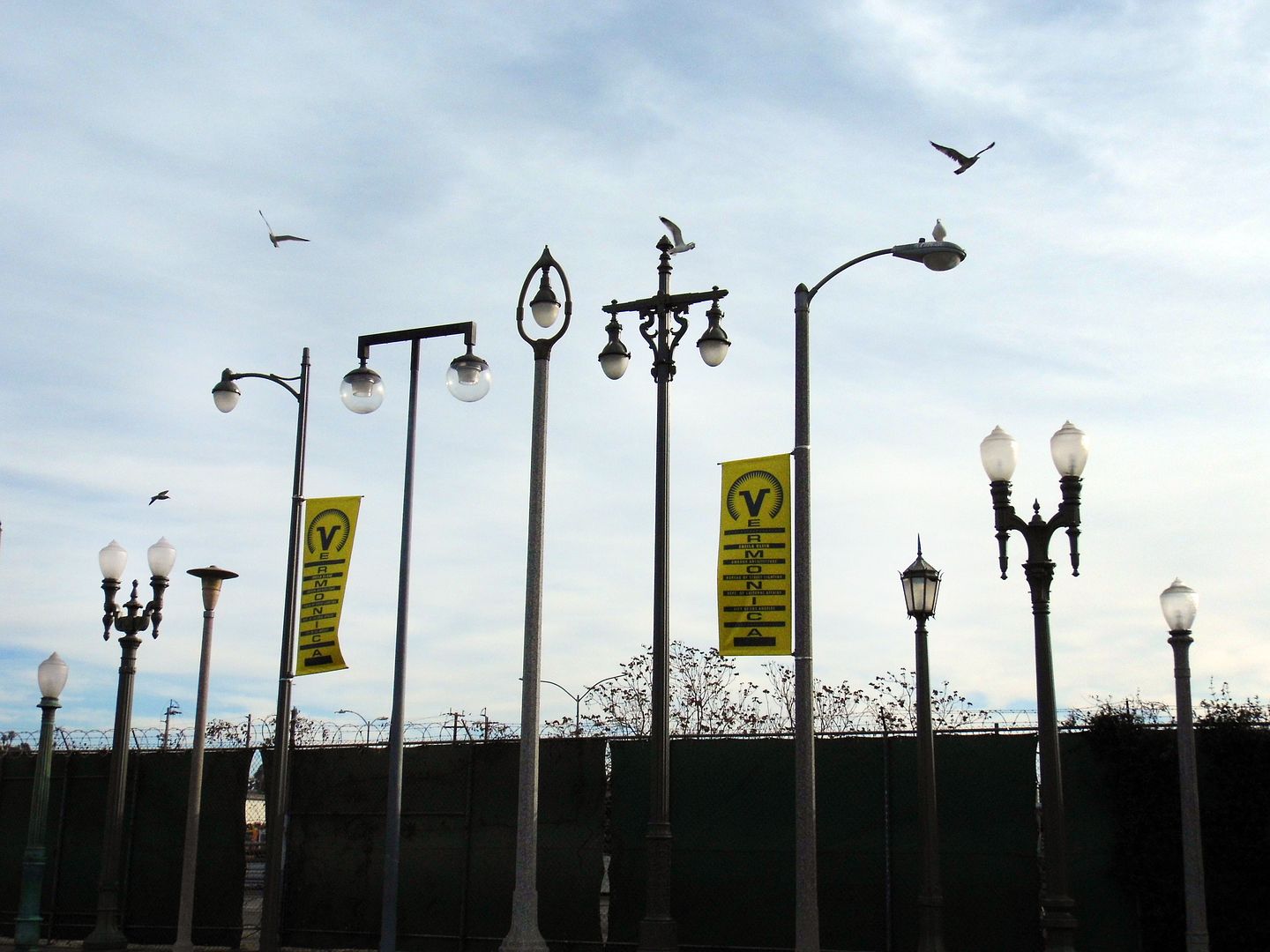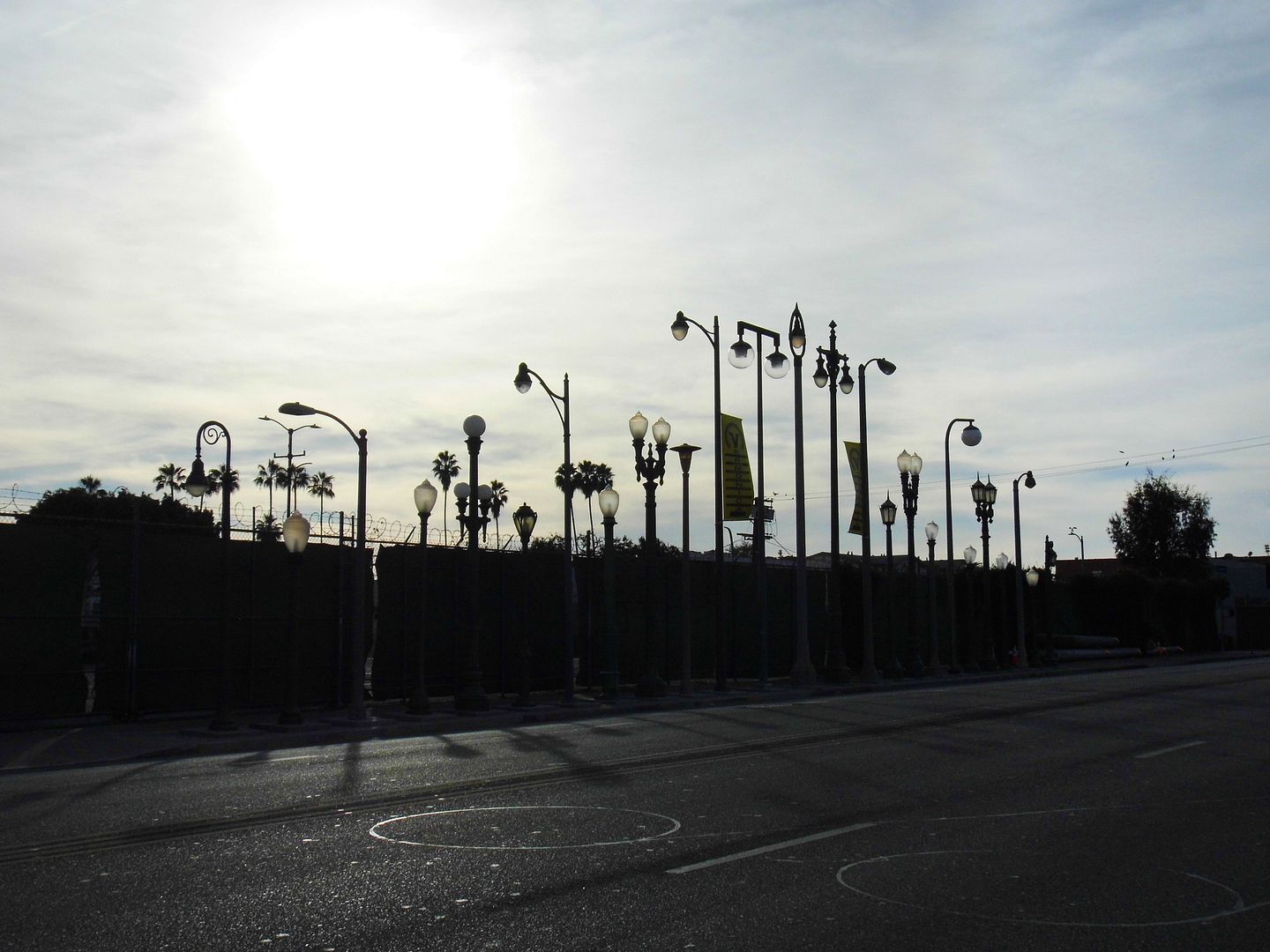Southern California and California’s Central Valley have always been better known for the “black gold” spouting from their oil wells than for its precious metals.
That’s not to say that there weren’t plenty of gold mines and mining companies here—Bodie, for instance, as well as the "Gold Fever Trail" of the Holcomb Valley near Big Bear.
And Angeles National Forest.
Our very own gold-mining ghost town hasn’t yet been turned into an amusement park or roadside attraction—and you can find it near the Vincent Gap parking area, nearly 9 miles west of Wrightwood.
Its namesake, Charles Tom Vincent, had been hunting bighorn sheep in 1891 when he discovered a gold-bearing quartz vein at what was to become Big Horn Mine.
The former mining camp is accessible on foot by hiking along an old wagon road...
...built by California Mining Company, which purchased Big Horn Mining Company in 1901.
The trail hugs the east slope of Mount Baden-Powell (named after Lord Robert Baden-Powell, the founder of the modern Boy Scouts, in 1931).
Since it had been a somewhat rainy season in 2015, the trail was washed out in places (and a bit harrowing).
Located within the Sheep Mountain Wilderness at about 7,000 feet above sea level, the scenery is stunning.
Nature seems to have taken the old camp back.
At the turn of the last century, Big Horn Mine had already become a 10-stamp mill...
...surrounded by a bona fide community of cabins...
...a general store, a post office...
...and an assay office.
They even had telephone service.
Not so anymore.
Only a couple of miles from the trailhead and Angeles Crest Highway, it couldn't feel more remote.
When we got to the main wooden superstructure...
...we had to tread lightly...
...and be careful of rotting wood framework...
...unstable slats...
...and other common hazards of an abandoned site.
Plenty had already fallen apart before us.
The mine was abandoned in 1936, having never quite lived up to the hype that surrounded its establishment. No prospecting activity has taken place since the 1980s.
But while the rest of the mines that filled the hillsides of the San Gabriel Mountains have been sealed off, erased from modern maps, and forgotten about...
...Big Horn Mine is the one that’s got a maintained trail to access it.
It’s now being preserved in place, as the 277-acre parcel has been under the stewardship of the USDA Forest Service since 2011.
The mine shaft has since been sealed off (as it tends to flood with zero advance notice and is always in danger of collapse)...
...but there's always a sense that there's this massive network of tunnels underfoot.
And who knows what might be living down there?
Related Posts:
Photo Essay: Bodie Ghost Town
A Stone Unturned: Lost Horse Mine
How (Un)Civilized!


